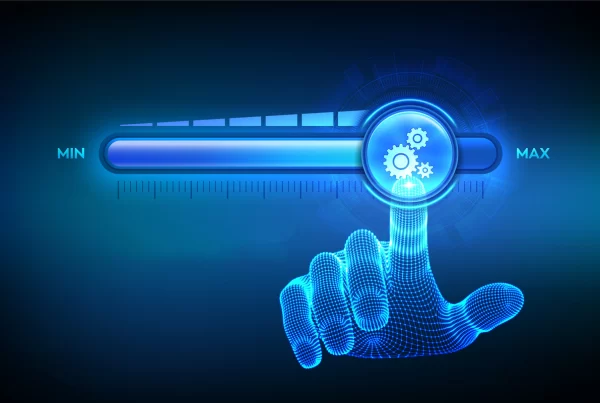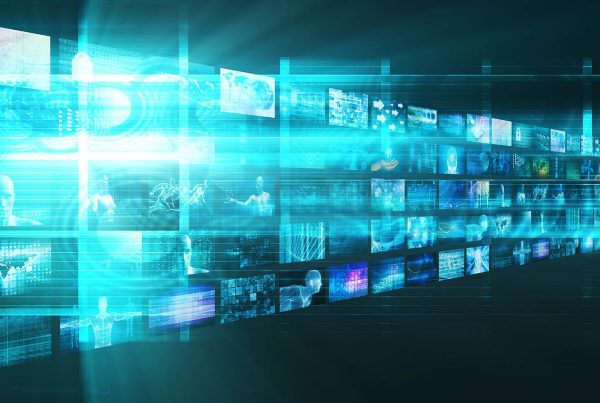What is the difference between OCR and AI/ML Data Capture?
To put it simply, OCR recognizes text and follows simple commands. AI/ML Powered Data Capture captures the intent of the document and reads the words.
NLP Logix’ patented Data Capture Automation technology incorporates Natural Language Processing, Computer Vision, and Machine Learning to capture all the data in a document in context. This process interprets the data objectively, much the same way a human would. Over time, Data Capture Automation can learn from it’s mistakes and adapt to new content.
Incorporating additional automation to your data extraction process can increase scalability, lessen the need for human interaction, and allow your staff to focus on more important tasks.
Beyond just reading text
Optical Character Recognition (OCR) is great at reading exact characters from a document, but data capture tasks require more than knowing the text on the page. Data Capture Automation takes you the last mile.
At its core, Data Capture Automation utilizes OCR, but often incorporates steps before (pre-processing) or after (post-processing) to create results that solve business problems.
Pre-processing algorithms are utilized to ensure that OCR can work optimally. This can include standardizing page sizes or aligning scanned pages, or in cases of standardized forms, “form-drop” can remove the standardized form background to ensure that the entered text is what is being identified.
After OCR is complete, NLP Logix’s Data Capture Automation incorporates Natural Language Processing (NLP) in post processing, we are able to create better results that can understand context, identify OCR mistakes, and build comprehensive confidence scores. By understanding context, Data Capture Automation can not only identify information from standardized forms, but also identify data in unstructured text.
Smart enough to know when it’s wrong
Another important difference between OCR and Data Capture Automation is a that Data Capture Automation is not only smarter, but also more likely to know when it’s wrong.
OCR can create issues in automation when an answer is not clear. If the data is not readily available, not in the right place, or not legible, OCR will likely pass over the information. Data Capture Automation allows us to move these exceptions to human processing to insure the best result every time.
Often referred to as “text recognition”, Optical Character Recognition (OCR) is a program that extracts and repurposes data from various sources, like images, pdfs, and scanned documents.
This process eliminates the need for humans to manually enter the data from the documents.
Extracted data is converted into digital text, enabling search, editing, and incorporation into workflow processes.
Rules and templates are needed, to tell the program where to find the data fields.
Speak to one of our specialists to learn more
From cancer cells to data capture?
Because Data Capture Automation uses post processing logic, information can be gathered from unstructured documents. OCR can pull info from standardized, clean forms, while Data Capture Automation can pull information from unstructured text.
The NLP Logix patented process takes Data Capture Automation a step further by processing the documents using an algorithm originally developed to find cancer cells on a pathology slide. This process allows us to achieve data capture rates over 40% higher than traditional optical character recognition (OCR), and accuracy rates above 95% when classifying a document type.
We also developed a technique to identify sensitive information, like credit card numbers, social security numbers, names, etc., and blur them from the document images to support regulatory compliance.
If traditional OCR is not enough, let’s talk.





